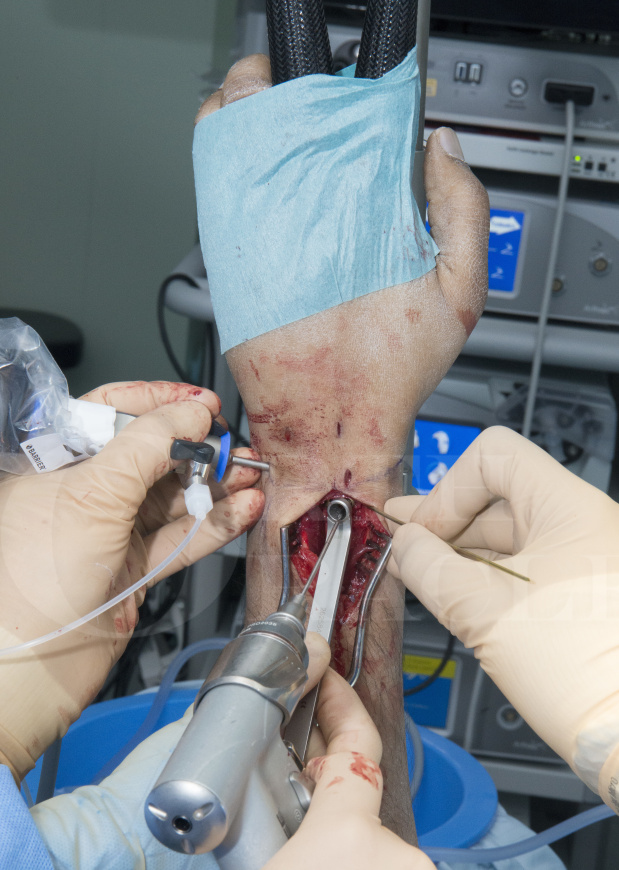

The radial nerve is the most frequently injured major nerve in the upper extremity.1 Radial nerve paralysis generally can be divided into either open or closed injuries.

The appropriate management of any radial nerve palsy depends primarily on an accurate determination of it cause,severity,duration,and level of involvement.The radial nerve can be injured as proximally as the brachial plexus or as distally as the posterior interosseous or radial sensory nerve.Radial nerve paralysis,which can result from a complex humerus fracture, direct nerve trauma, compressive neuropathies, neuritis, or (rarely) from malignant tumor formation,has been reported through out the literature,with some controversy regarding its diagnosis and management.Nerve reconstruction posterior interosseous nerve injury radial nerve injury radial nerve palsy tendon transfer.

Cite this article: Bumbasirevic M, Palibrk T, Lesic A, Atkinson HDE. Different techniques are used including direct suture or nerve grafting, vascularised nerve grafts, direct nerve transfer, tendon transfer, functional muscle transfer or the promising, newer treatment of biological therapy. Because radial nerve injuries are the least debilitating of the upper limb nerve injuries, results are usually satisfactory.Conservative treatment certainly has a role, and one of the most important aspects of this treatment is to maintain a full passive range of motion in all the affected joints.Surgical treatment is indicated in cases when nerve transection is obvious, as in open injuries or when there is no clinical improvement after a period of conservative treatment. As a result of its proximity to the humeral shaft, as well as its long and tortuous course, the radial nerve is the most frequently injured major nerve in the upper limb, with its close proximity to the bone making it vulnerable when fractures occur.Injury is most frequently sustained during humeral fracture and gunshot injuries, but iatrogenic injuries are not unusual following surgical treatment of various other pathologies.Treatment is usually non-operative, but surgery is sometimes necessary, using a variety of often imaginative procedures.


 0 kommentar(er)
0 kommentar(er)
